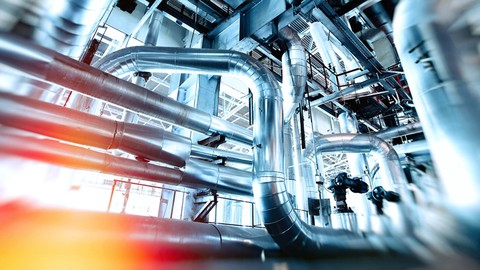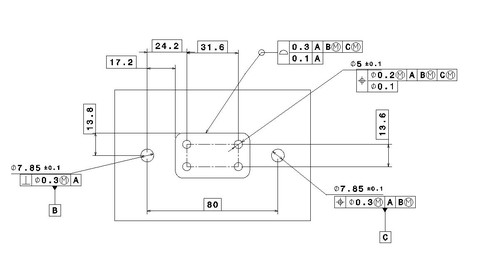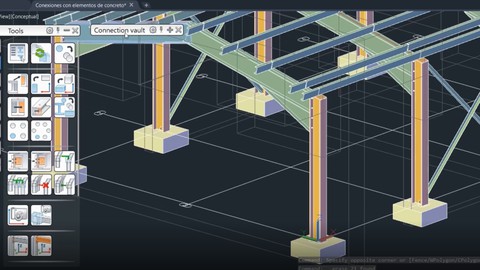Gas Absorption & Stripping in Chemical Engineering
Loại khoá học: Science
Model Separation Processes involving Absorption such as Packed Towers and Tray Columns
Mô tả
Introduction:
Gas Absorption is one of the very first Mass Transfer Unit Operations studied in early process engineering. It is very important in several Separation Processes, as it is used extensively in the Chemical industry.
Understanding the concept behind Gas-Gas and Gas-Liquid mass transfer interaction will allow you to understand and model Absorbers, Strippers, Scrubbers, Washers, Bubblers, etc...
We will cover:
REVIEW: Of Mass Transfer Basics required
GAS-LIQUID interaction in the molecular level, the two-film theory
ABSORPTION Theory
Application of Absorption in the Industry
Counter-current & Co-current Operation
Several equipment to carry Gas-Liquid Operations
Bubble, Spray, Packed and Tray Column equipments
Solvent Selection
Design & Operation of Packed Towers
Pressure drop due to packings
Design & Operation of Tray Columns
Single Component Absorption
Single Component Stripping/Desorption
Diluted and Concentrated Absorption
Basics: Multicomponent Absorption
Software Simulation for Absorption/Stripping Operations (ASPEN PLUS/HYSYS)
Solved-Problem Approach:
All theory is backed with exercises, solved problems, and proposed problems for homework/individual study.
At the end of the course:
You will be able to understand mass transfer mechanism and processes behind Absorption and Stripping. You will be able to continue with a Distillation Theory and more Mass Transfer Unit Operation Course and/or Separation Processes Course.
About your instructor:
I majored in Chemical Engineering with a minor in Industrial Engineering back in 2012.
I worked as a Process Design/Operation Engineer in INEOS Koln, mostly on the petrochemical area relating to naphtha treating. There I designed and modeled several processes relating separation of isopentane/pentane mixtures, catalytic reactors and separation processes such as distillation columns, flash separation devices and transportation of tank-trucks of product.
Bạn sẽ học được gì
Understand the principle behind gas Absorption and Stripping
Design & Operate Packed Towers
Design & Operate Tray Columns
Calculate the required values for a given Separation Process using Absorption/Stripping
Solve analytically via Kremser Brown Souders Equation
Understand the concept of "operation line" and "equilibrium line"
Calculate the total required stages via Graphical Method
Learn about Absorption Column Equipment (Trays, Packings, Column Internals)
Calculate & Understand the minimum L/G ratio
The HETP method for Packings
The MTU, Method of Transfer Units for Packed Towers
Model Co-Current and Counter-Current Operations
Solve relevant problems involving Gas Absorption and Stripping
Yêu cầu
- Mass Transfer Basics
- Transport Phenomena (Recommended)
- Thermodynamics
- Mass and Energy Balances
- Physical Chemistry
Nội dung khoá học
Viết Bình Luận
Khoá học liên quan

Đăng ký get khoá học Udemy - Unica - Gitiho giá chỉ 50k!
Get khoá học giá rẻ ngay trước khi bị fix.


















Đánh giá của học viên
Bình luận khách hàng